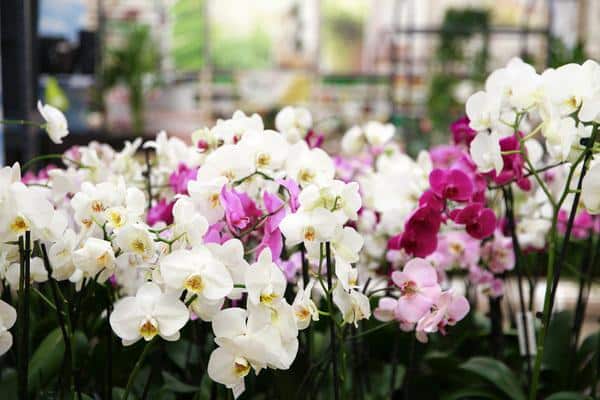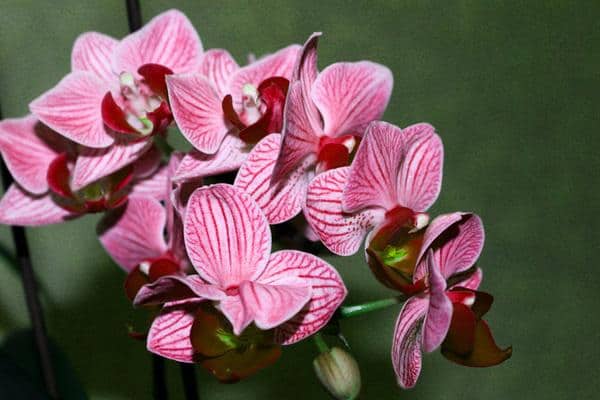Зміст
Nowadays, it is difficult to find a house or apartment where there would be no orchid on the windowsill! This trend is not surprising, because these are very graceful plants that, with a little care and patience, create real cascades of beautiful and persistent flowers. People who start their adventure with orchids don’t know what to do with them in the fall. Fortunately, it is enough to adhere to a few rules that will make our orchids lush and healthy, and survive the spring unharmed!
How to care for orchids: Remember the right place
If we want the orchids to look their best and create beautiful blooms every year, we must immediately guarantee them the right place. It should be very bright, but not too sunny. Thus, placing an orchid on a south-facing windowsill can cause sunburn on its leaves. Orchids are best placed on an east-facing windowsill or, if this is not possible, in an area where sunlight is scattered most of the day. Too little rays can prevent the orchid from developing new buds, as well as making it vulnerable to rotting and pest attacks.
How to care for orchids: Watering
If we want to care for orchids in the fall, it is worth taking a closer look at watering them. It should be remembered that these plants come from tropical regions, where they are often exposed to heat combined with a hard bath in the rain. So what to water orchids in the fall? There is no rule on this, because everything depends on the given copy. But how do you know if an orchid needs water? It is enough to look at the roots in a transparent shell. If they are green, then they have the right amount of water. In case they change color and turn white or silvery gray, this is when they need to be watered.
How to water orchids in the fall? The same as during the rest of the growing season. There are at least three ways. The first is the traditional pouring of a small amount of water onto the base, the second is to pour more water into the bathtub or sink and wait for the excess water to drain from the pan. The latter is to lower the orchid in a bowl of water for 20 minutes, and then drain the excess liquid.
Keep in mind that while orchids love moisture, don’t overdo it. Why? Because then it is easier for seeds with fungal diseases to form.
How to care for orchids: Watch out for the radiator!
In autumn, the room temperature is low, which, on the one hand, is very unpleasant for humans, but very desirable for orchids! Unfortunately, turning on the radiator when our rig is over it can be fatal for it. Orchids prefer a constant temperature throughout the growing season, while in the fall, when most species are preparing for dormancy, it is slightly cooler. The exception is those orchids that can bloom almost all year round: Phalaenopsis belongs to this group.
How to care for orchids: Provide temperature fluctuations

Temperature fluctuations are another thing that an orchid needs to consider in the fall. While it should be constant throughout the day, it can be significantly reduced in the evening and night. How? For example, roll over a window in the evening! Although temperature fluctuations are very beneficial for orchids, this should be done gradually (starting in September for a few minutes), without exposing the plants to drafts, which can easily lead to their death. Why is it worth giving orchids a hefty dose of coolness in the fall? Paradoxically, in order to stimulate them in the spring to produce new flower buds that will adorn its long stems.
How to care for orchids: Watch out for fertilizers!
Among the many opinions that emerge on the topic of caring for orchids in the fall, there is fertilizer. After all, some choose to stop using nutrients after summer (as well as a significant lack of watering), so – in the case of phalaenopsis blooming all year round – a lack of fertilizer may be more harmful. However, don’t forget about supplements that contain more potassium than other nutrients. You can buy them without any problems – just go to a garden store or from a florist.








